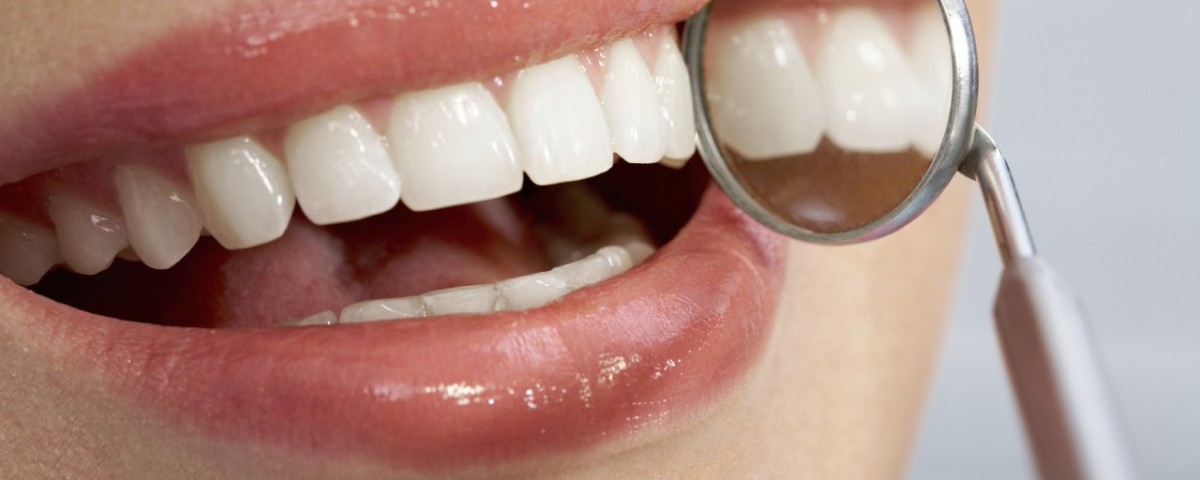What is the Difference Between Cosmetic and Restorative Dentistry?
While there is some overlap between the two fields (both may utilize implants and crowns, for example), the focus is different, as is the level of expertise. The cosmetic dentist goes beyond restoring an individual’s teeth to their proper function, seeking to attain the most ideal result according to the patient’s definition of beauty. This involves a high level of finesse with even the smallest details, such as how much tooth should be displayed in a particular smile.
What Should I Expect From A Cosmetic Consultation?
You can expect your dentist to ask you to describe in detail what you like and dislike about your smile, and what you want to change. Bringing photos of how you have looked in the past or would like to look in the future are helpful to serve as general guidelines. Because aesthetic problems such as missing or discolored teeth can also point to underlying health issues, a comprehensive oral exam is a must. Once your dentist has a thorough understanding of where you are starting from and where you want to end up, he or she can explain your treatment options (including how much they will cost and how long they will take to implement) and plan a course of action.
What Dental Treatments Are Considered Cosmetic?
All cosmetic dentistry treatments improve the appearance of an individual’s teeth. Some can also restore function and/or improve oral health as well.
Cosmetic dentistry treatments include:
- Teeth Whitening — A relatively inexpensive way to brighten your smile, whitening teeth can be accomplished at home or in the dentist’s chair. There are many products and methods from which to choose.
- Composite Bonding — A tooth-colored composite resin attached to the teeth can improve the appearance and strength of chipped teeth. These procedures require very little preparation (drilling) of the tooth.
- Porcelain & Composite Veneers — Designed to substitute for tooth enamel, veneers are hard, thin shells of tooth-colored material that can mask a variety of dental imperfections.
- Porcelain Crowns — Heavily damaged teeth can be covered with natural-looking porcelain crowns, which replace more natural tooth structure than veneers.
- Porcelain Bridgework — A missing tooth can be replaced with porcelain bridgework that is attached to the natural teeth on either side of the space.
- Dental Implants — Usually made of titanium, an implant is used to replace the root portion of a missing tooth. The implant is fitted with a crown to create a natural-looking replacement for the entire tooth.
- Inlays & Onlays — In certain cases, fillings can be fabricated from porcelain or composite materials in a dental laboratory to more closely match the color of a tooth. When applied to the inside of the tooth, they are referred to as “inlays.” Attached to the biting surface, they are known as “inlays.”
- Tooth-Colored Fillings — Gone are the days when a filling has to be obvious and unsightly. Tooth-colored fillings are barely noticeable.
- Clear Orthodontic Aligners — Many adults, as well as some teenagers, are opting for clear orthodontic aligners, instead of metal braces, to straighten their teeth.
- Cosmetic Gum Surgery — Minor surgery can reshape gum tissue to give it a more leveled appearance.
- Tooth Contouring & Reshaping — Cosmetic dentists can use a drill or laser to smooth out or reshape teeth.
How Do I Choose a Cosmetic Dentist?
You’ll want to make sure the dentist you choose has demonstrated a high level of skill performing the types of cosmetic treatments you are considering. Any cosmetic dentists should be able to show you before-and-after photos of his or her work and provide references from other patients in your community. You should also verify that the dentist you choose has taken continuing education courses to keep up with the latest techniques in clinical cosmetic dentistry.



